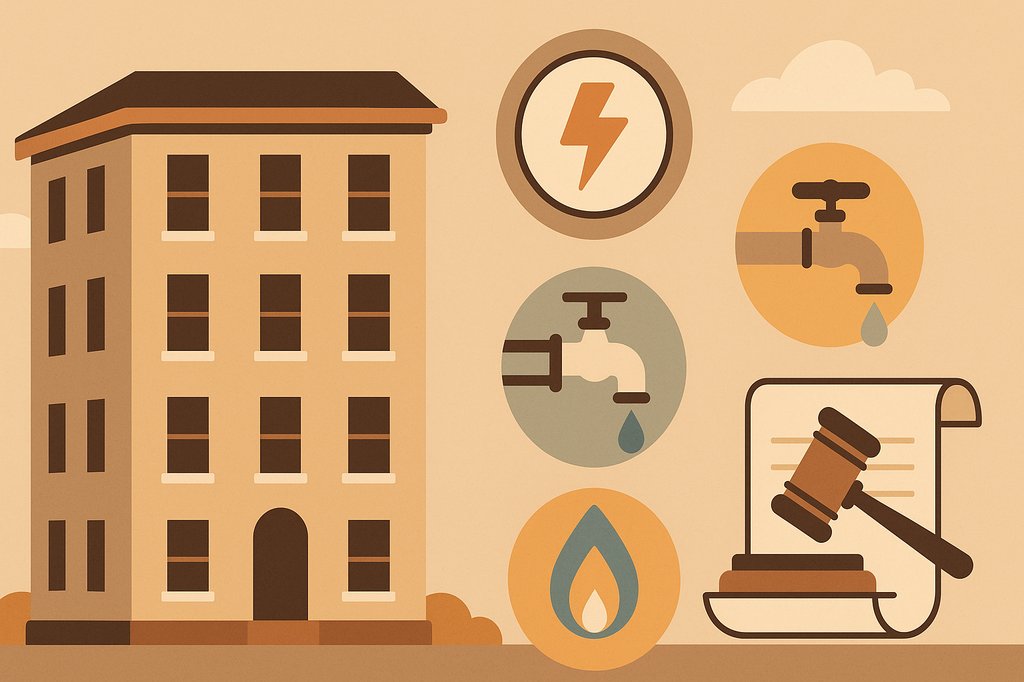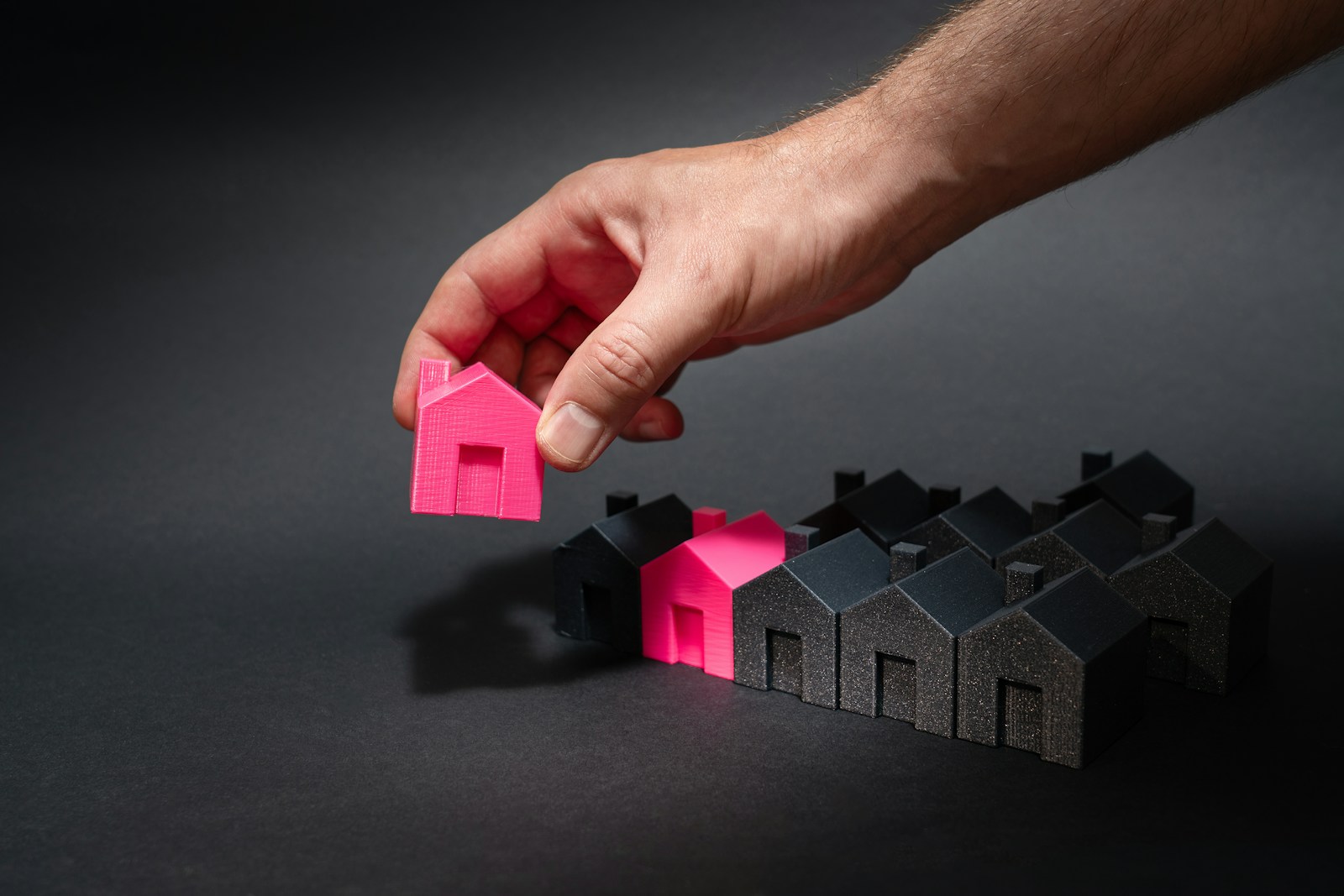How The Post-COVID Remote Workforce Will Impact Multifamily Properties

One thing became very clear for many workers during the coronavirus pandemic, you no longer need to “go to work” to work, and that has implications for owners and managers of apartment buildings and other multifamily properties.
According to a recent Gallup Poll, 35% of all full-time employees say that, given the choice, they would continue working remotely as much as possible with some industries reporting a preference for remote work as high as 65%. Studies have also shown working from home makes many workers happier and more productive, motivating forward-thinking employers to accommodate the preference. This means today’s workforce will require more efficient and flexible living spaces. Here are four ways this shift in workstyle will translate to opportunities for your multifamily property.
1. Technology use continues to grow
As people consolidate their work and home life, efficiency becomes a necessity rather than a luxury. Renters continue to crave convenience through technologies – like keyless door entry and Wi-Fi adapter plugs – and the demand is fueling the implementation of a host of new technologies in apartment buildings and units. Installing smart technology that will facilitate work life – like smart thermostats, smart power strips and LED lighting with controls will help your property meet the expectations of the modern remote worker and can add significant value to residents through increased flexibility and reduced energy use.
2. Health and security mindset
As a result of the coronavirus pandemic, it is more important than ever for multifamily properties to be safe for dwellers in every sense of the word. Since residents are receiving more packages and mail, both for personal and professional reasons, many renters will begin to expect secure 24/7 package access as a community amenity. This could include a space for self-service package lockers, smart lockboxes, or shared storage for package pickup. But with the addition of a shared amenity, comes increased energy and maintenance costs. You can limit increased costs with the installation of energy-efficient lighting and lighting controls that use less energy by automatically switching off when a room is unoccupied. Innovations in contactless and smart technology – like remote HVAC and lighting fixtures and water/moisture sensors can empower renters and multifamily property owners alike. Contactless and remote technology facilitate the monitoring of critical systems remotely, resulting in less physical interaction for tenants with hygiene and immune sensitivities without compromising the level of service.
3. Hybrid work life comfort
Freddie Mac’s Multifamily 2021 Outlook Report lists San Francisco as one of the bottom ten markets by projected gross income growth for 2021, with the vacancy rate at an expected 5.6% for 2021. To attract and retain more renters and stand out from the competition, property owners and managers need to meet rising expectations and embrace customer preferences. Work-from-home accommodations will influence whether renters renew leases or choose to find new living spaces. Completing property improvements is a great way to stay ahead of the competition. Upgrading insulation not only improves comfort but can also help soundproof spaces when many people in a building are working from home. Enhancements like energy-efficient heating and cooling and appliances will not only boost the appeal of your multifamily property, but they can also help owners and tenants save on utility bills year-round.
4. Apartments go green
The coronavirus pandemic made apparent how individual actions impact the global community across all facets of life, including the environment. According to a sustainable living report by multifamily developer AMLI Residential, renters are looking for more sustainable features within their homes and are becoming increasingly interested in energy-efficient appliances. Efficiency will be even more prominent as people’s utility bills increase from spending most of their time at home. Energy-efficient features not only save residents money, but they also work to promote a sustainable living environment. Property owners and managers can also consider small improvements like installing energy-saving products in each unit to reduce energy consumption and help regulate expenses for both tenants and owners.
As the work-from-home trend continues to shape multifamily property demands, the way property owners and managers appeal to residents will also have to evolve. Property owners and managers can stay competitive and grow their businesses with property improvements that reflect the evolving industry. The Multifamily Energy Savings Program (MESP) works with Pacific Gas and Electric Company (PG&E) multifamily customers to make energy-efficient property improvements affordable. The cash incentives offered by the program will help your property attract the modern renter while also realizing dramatic savings for you and your tenants. Visit www.MultifamilyESP.com[ML1] to learn more.
The Multifamily Energy Savings Program (MESP) provides no-cost energy assessments, incentives for energy-saving building upgrades, and energy-saving products. Eligible existing properties include attached residences with five units or more, condos, townhomes or plex properties, apartment buildings, assisted living facilities as well as common areas typically managed by homeowner associations.







